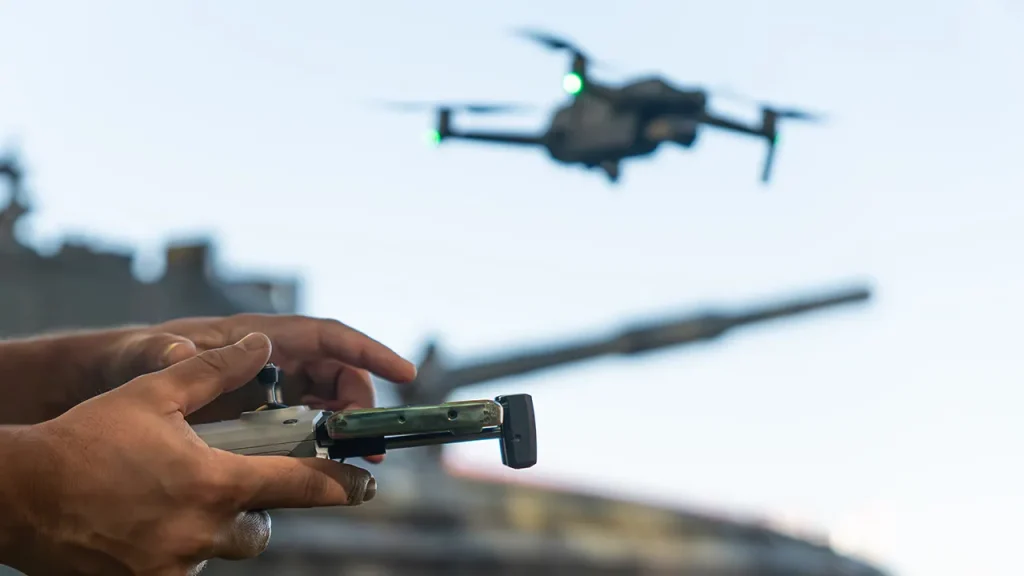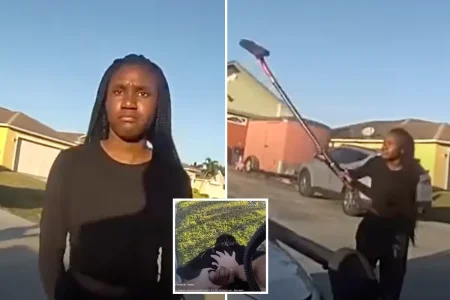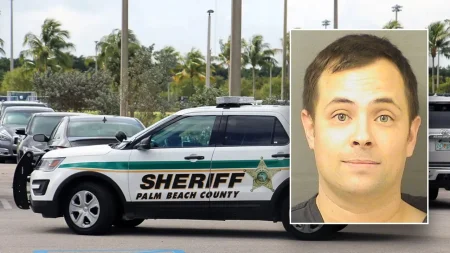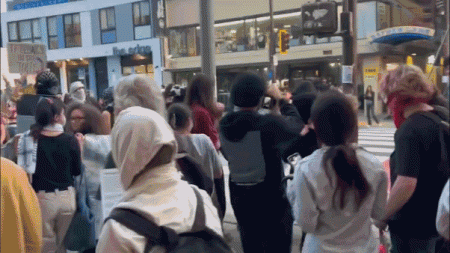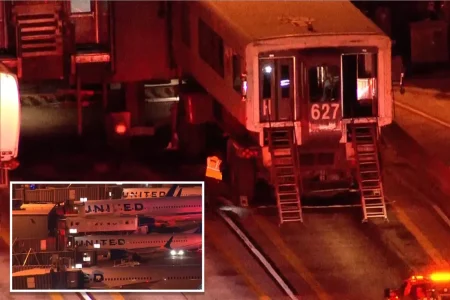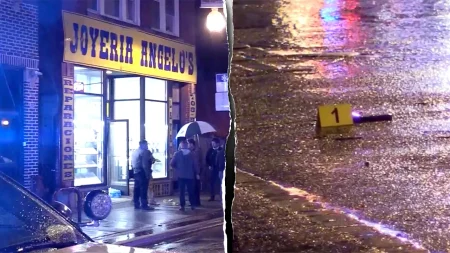Mystery Solved: Private Contractor Reveals Role in New Jersey’s Drone Scare
Last November, residents across New Jersey looked up to their skies with a mixture of awe and trepidation. Strange aircraft moved in ways that defied conventional flight patterns, sometimes appearing to vanish into thin air. The sightings sparked widespread speculation about UFOs and potential security threats, particularly when these mysterious objects were spotted near Picatinny Arsenal Army base in Morris County. The phenomenon continued for nearly a month, leaving authorities scrambling for explanations and communities on edge. Now, almost a year later, the mystery appears to have been solved—not by government investigators or UFO enthusiasts, but by an unexpected admission at a military summit.
During the Army’s UAS and Launched Effects Summit at Fort Rucker, Alabama, in August, an unnamed private aerial contractor reportedly took responsibility for the entire saga. “You remember that big UFO scare in New Jersey last year? Well, that was us,” an employee from the company casually remarked during a panel discussion, according to an attendee who spoke with The New York Post. The revelation came as the company was demonstrating their 20-foot aerial craft with four wings, showcasing its unique and potentially disorienting flight capabilities. These weren’t extraterrestrial visitors or foreign surveillance devices—they were simply test flights conducted under a government contract, operations that apparently didn’t require public disclosure despite the alarm they caused.
The witness described watching the aircraft’s demonstration with a sense of uncanny discomfort. “It feels like it’s a UFO because it defies what you’re expecting to see,” they explained. The craft’s movements created what they called an “uncanny valley feeling” as it quietly moved through the sky. Perhaps most tellingly, the witness noted, “When it turned, you almost completely lost sight of it,” which explains why many New Jersey residents reported seeing objects that seemed to disappear before their eyes. This characteristic likely contributed significantly to the public’s confusion and concern during the weeks-long incident that began on November 13 and continued until mid-December 2024, affecting numerous communities throughout the Garden State.
The summit itself operated under strict protocols, with all attendees and demonstrations requiring approval from Fort Rucker’s administration. According to the witness, the event prohibited any aircraft containing Chinese-made parts, underscoring the security-conscious environment in which this admission took place. “It would definitely have to be cleared,” the attendee noted. “Somebody was 100% in charge of coordinating that.” This structured setting makes the casual revelation all the more surprising—a government contractor essentially admitting that their undisclosed testing created widespread public concern without prior warning or subsequent explanation until now.
This development adds a new dimension to earlier statements from the Federal Aviation Administration under the Trump administration, which had previously attributed the drone swarms to hobbyists and recreational pilots. The discrepancy raises questions about information sharing between government agencies and contractors, and the protocols for notifying communities when unusual testing might be visible to the public. It also highlights how easily advanced technology can trigger public anxiety when witnessed without context—the gap between military-grade aerial capabilities and public understanding creates fertile ground for misinterpretation and speculation.
The revelation serves as a reminder of the increasing presence of advanced aerial technology in our skies and the challenges this creates for public communication. As private contractors continue developing sophisticated aircraft for military and commercial applications, incidents like the New Jersey drone swarm demonstrate the potential for misunderstanding when testing occurs near populated areas. While the mystery appears solved, the incident raises important questions about transparency, public notification procedures, and the responsibility that government contractors have when their activities might reasonably cause public concern. For New Jersey residents who spent weeks wondering about the strange objects in their skies, the answer came nearly a year too late—not from official channels, but from a casual comment at an industry event hundreds of miles away.





